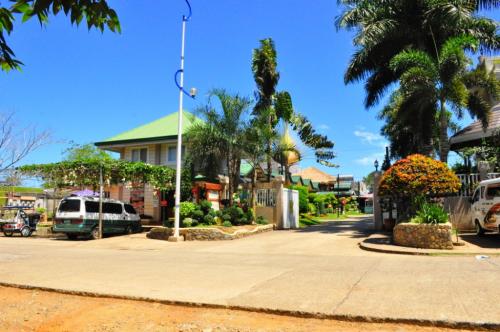
Geography
The Sulu Archipelago is the southernmost part of the Philippines. It lies between the Sulu Sea on the north and the Celebes Sea on the south.
The province consists of over 400 scattered and almost isolated islands, stretching from the tip of Zamboanga southwestward towards Borneo. It forms one of the three connections of the Philipines with Borneo.
Â
Climate
Sulu is outside of the typhoon belt. Its climate is warm, humidity is generally moist, but precipitation is constant throughout the year. February is considered the coldest month while May to August are the hottest, with mean relative humidity of 86%, one of the hottest in the country. January to April is considered the dry period, with a monthly average of 7 to 9 inches of rainfall. The mean annual temperature is 26 degrees centigrade and the maximum is 27 degrees centigrade.
Â
Language / Dialect
The principal dialect of the natives of Jolo is Tausug. The rest speak Samal, Cebuano, Chavacano, Tagalog, and other dialects. English is widely spoken.
Â
Major Industries
Far-flung Sulu is surprisingly a first-class province by income classification. While there is an absence of mineral deposits, Sulu nevertheless abounds in timber resources. Lying outside the typhoon belt, it is blessed with a year-round bounty from both land and sea.
Due to the character of the soil and climate, the province of Sulu grows a greater variety of products than any other part of the country. In addition to all the crops of the islands, which are abaca, coconut, and fruits like oranges, lanzones, and jacks, other fruits that do not grow in the northern islands are harvested here, such as the mangosteen and durian.
Fishing is the most important industry. Trepang and pearls are extensively gathered. Sea turtles and fish of all kinds are caught. Otherwise the people engage in the industries of boat building, mat weaving, coffee processing, and fruit preservation (durian and mangosteen).
Â
Source: